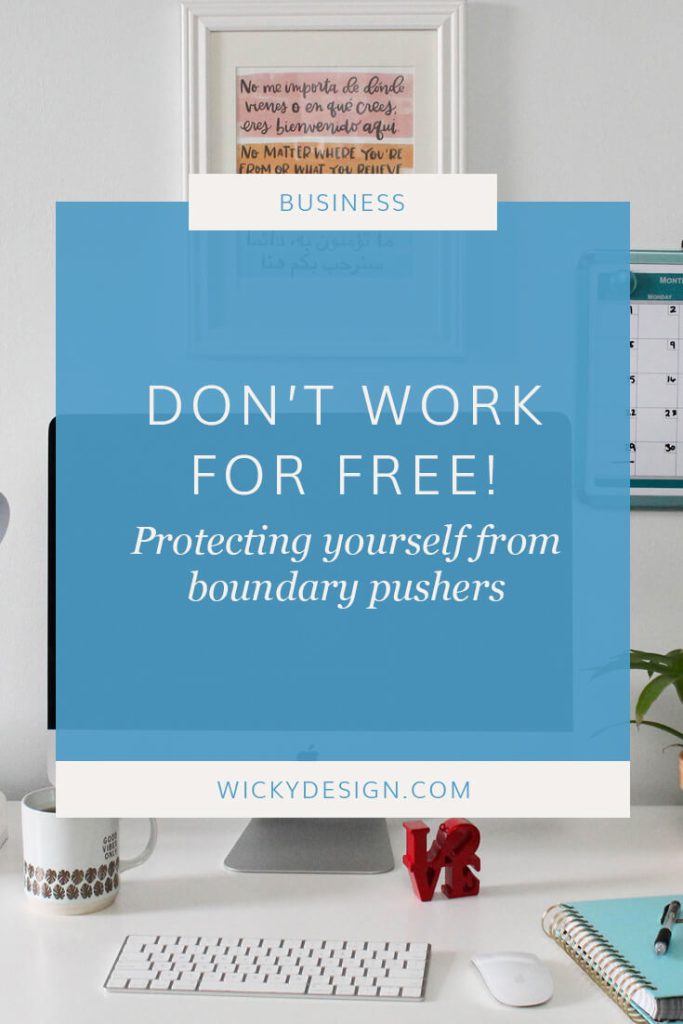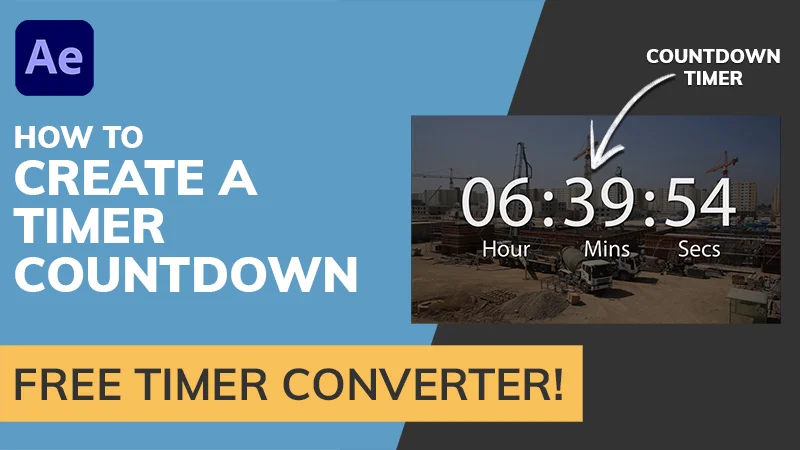There’s a fine line between going above and beyond for a client and working for free. As a small business owner, it’s really important to make that distinction. How do you provide a great client experience, but still get paid what you deserve? Let’s get into it!
How To Have Happy Clients Without Undervaluing Ourselves
As small business owners, we want to provide a great service that exceeds our client’s expectations. Unfortunately, there will be times when the client tries to push those boundaries and get you to do things without having to pay for them. Especially when we are first starting out, we want to make our clients happy, which means saying yes to things that should be no’s and doing extra work without getting paid.
This can happen no matter what type of business you run, but I think it’s especially common in creative industries, as they are notoriously undervalued. If you are a creative, I’m sure you’ve heard a variation of these phrases:
- Why does this cost so much?
- I can get the same thing on Fiverr/Upwork for so much less!
- It can really take that much time to do [insert creative endeavor here].
- Would it be easy to add this [insert something that is not easy to add] feature?
As a freelancer or small business owner, it’s important to protect yourself from clients that try to push boundaries or ask you to do things out of the scope of the work you’re providing to them. But exactly how do you accomplish that?
Figure Out Your Perfect Client Experience
Part of our jobs (no matter what industry) is to be clear and upfront about what we are offering to our clients from the beginning. One of the best ways to do this is by crafting your ideal client experience. Figure out exactly what will happen from the first conversation you have with a client to the end of the project. If you offer multiple services, your client experience may differ slightly depending on the service. When Mark and I did this with Wicky, we wrote down experience for a client that needed web design, one that needed branding, and one that needed both.
By crafting your client experience, you get to insert those little extras that your client wouldn’t expect. Think about ways you can make the experience extra special or what you can do in your business that your competitors aren’t. Maybe it’s sending your client a thank you note at the end of a project. Maybe it’s letting them know about business tools or resources that could benefit their business. These are all ways you can go above and beyond for your clients without sacrificing your time.
Additional Notes About Client Experience
Since every client and project is a little different, going above and beyond sometimes means being flexible with your experience. For example, let’s say that you always like to have your first initial meeting with your client in person, but your newest client just happens to be a new mother. Being a new mom, it may be difficult to have an in-person meeting. She would either have to get childcare or bring her baby with her to the meeting; either situation not being ideal. A great way you can exceed her expectations is by being understanding of her situation. Instead of forcing her to meet in person, offer to do a virtual meeting via Zoom or Google Hangouts. This way, she can have the meeting in the comfort of her home during her child’s nap time instead of having to figure out travel and childcare.
Set Up An Intro Packet
After you’ve figured out your perfect client experience, you’ll want to set up an intro packet to send to prospective leads. We have preached this before in previous videos and blog posts and it still rings true. No matter what industry you are in, sending out an intro packet is super important! It qualifies your leads and lets them know up front exactly what you’re all about. Include timelines, prices, what your clients can expect from you, and what you expect from them. Educating people on how you work sets boundaries from the beginning BEFORE they even sign a contract with you.
Have A Good Contract
I can’t tell you how many times I’ve talked with small business owners that don’t have contracts in place. You guys, this is non-negotiable! Contracts not only protect yourself, but they protect your client! I understand that writing contracts isn’t fun and can be intimidating, but you need to have one. If you don’t have a contract in place, you’re setting yourself up to work for free. Your contract is an agreement that states what services you will be providing, how much those services will cost, and how long it will take. Without one, your client has free reign to push boundaries and get you to do extra work for free.
Here are 3 things your contract should include:
- Scope of work – Explain exactly what you will be doing for your client and for what price.
- What happens if you go outside the project scope – Clearly state what will happen if the client requests work outside the scope of the project. Generally, this is handled by stating your hourly rate or revising your contract to include the additional items.
- Payment schedule – Your contract should include when and how you accept payments. I recommend requiring a non-refundable deposit at the start of the project. There will be times where the client abandons a project, so getting an upfront deposit ensures that you get paid for any time spent on that project, even if it goes nowhere.
The Truth: Certain Clients Will Still Try To Push Boundaries
You’ve crafted your perfect client experience, created your intro packet, and have a solid contract in place…now what? Unfortunately, part of running a business means having to deal with the occasional difficult client, even when you take steps to try and prevent it from happening.
When a client tries to push the boundaries, it’s key to stick to the policies you have created. If your client tries to get you to do additional work for free, politely refer to the contract that was signed stating the work that you are doing. Let your client know you would be happy to provide those additional, our of scope services for an additional fee.
Worst Case Scenario: Know When It’s Time To Let Go Of A Client
If you can’t come to an agreement, then it’s time to let go of your client. Not everyone is the best fit for you and an important part of running a business is knowing when it’s time to let go of difficult clients. Kindly tell your client that you don’t think the relationship is working out and you think it would be best for everyone to part ways. Although this is a hard, parting ways is better than going down a long journey where both you and the client are unhappy. If you can’t provide the service your client needs, they deserve to work with someone who can. On the opposite side, you deserve to work with clients that understand and respect your processes.
To Recap
It is possible to exceed your client’s expectations without having to do extra work for free. By crafting the exact experience you want for your clients, you can add additional “above and beyond” features that they won’t get anywhere else. By creating an intro packet, you are letting prospects know upfront exactly what it’s like to work with you. Having a solid contract in place protects both you and your client, so when they do try to push those boundaries, you can refer back to it. By having these things in place, you’ll deliver a fantastic service, get more happy customers, and avoid working for free.





